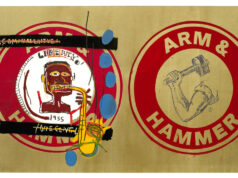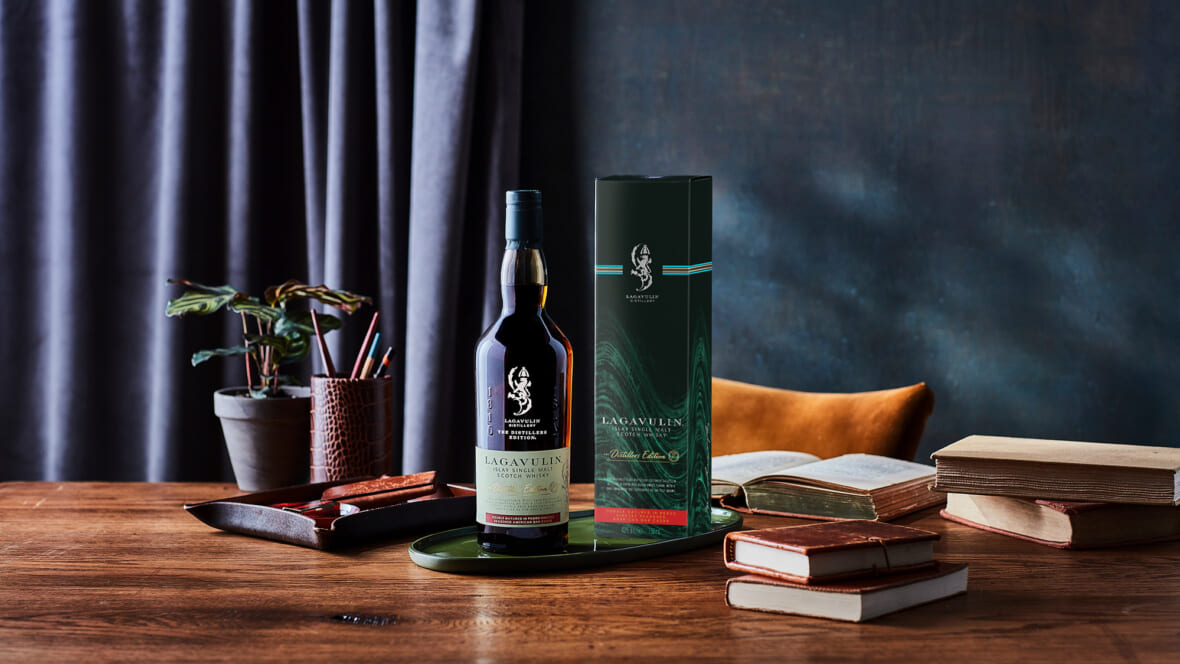
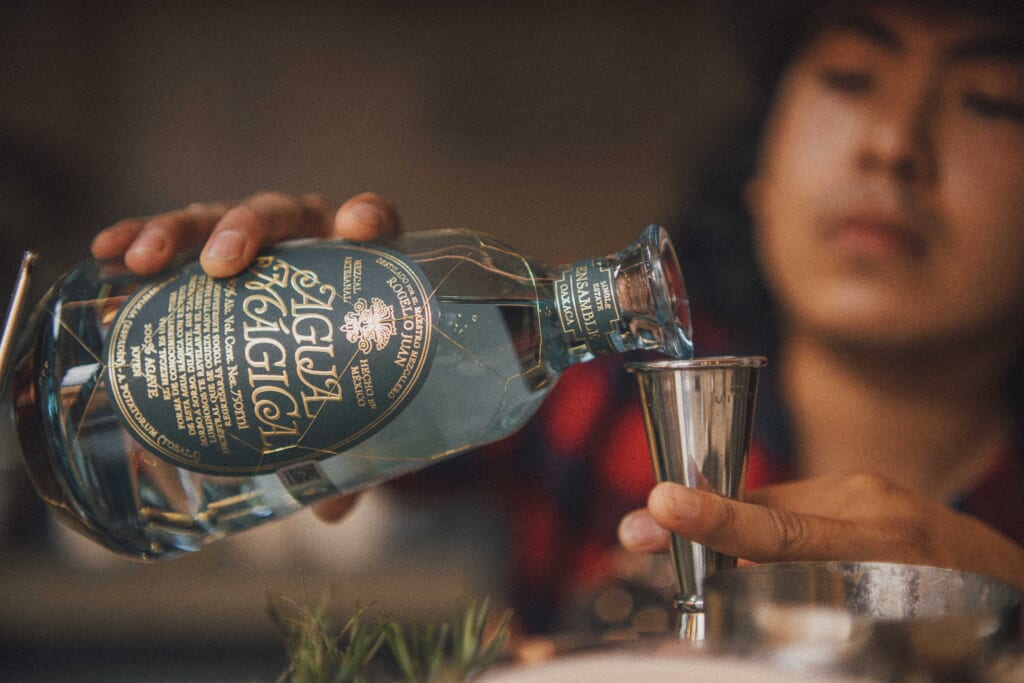
This summer I traveled to the remote hills of San Juan del Rio, a couple hours outside of Oaxaca City, via highway, two-lane roads and dirt path that could only generously be called a “donkey trail.” The goal was to reach the palenque of one Don Rogelio Juan Hernandez, a 4th generation Mescalero who returned from toiling in the US in 2007 to “live the dream” making mezcal. Although Don Rogelio knew his craft intimately, it took years for him to save up enough to slowly build his distillery.
A chance meeting with a man named Rafael Shin, a Mexico City-raised financier looking to begin his second stage in life bottling mezcal, changed everything. Shin had spent two years combing the rocky hills and verdant valleys across Oaxaca searching for a mezcal worthy of partnering up with, sampling over 90 different varietals and traveling to almost as many palenques. But thus far, the endeavor had proven unfruitful. On that chance gas station meeting Shin new he’d found the maestro mezcalero he would partner up with to create his dream: Agua Mágica.
It’s critical for Shin that the entire team behind Agua Mágica be Mexican, as he wants to spread the love of this artisanal spirit with respect to its homeland: Mexico on a wideview, Oaxaca on the mid, and the Zapotec town of San Juan del Rio and Palenque of Don Rogelio in close-up. Agua Mágica is not just purchasing Don Rogelio’s juice and slapping their label on it: the family is a partner, and Agua Mágica have invested heavily in helping the mezcalero build more stills, grow better agaves, pay workers better wages and rely less on quick bucks. The idea is to “honor them as entrepreneurs, not just manufacturers,” according to Shin.
Moreover, via their Empowering Mezcaleros program Agua Mágica donates a full 5% of yearly profits to help five family-run palenques successfully navigate the expensive certification process required by the CRM (Mexico’s mezcal authority) to sell their mezcal.
“The main reason I launched Agua Mágica was that I found a problem that in my mind was worth solving,” Rafa told me while we toured the artisanal distillery. “As you know the direction of where mezcal is going now, and how it’s growing it’s becoming an increasingly commodified product.
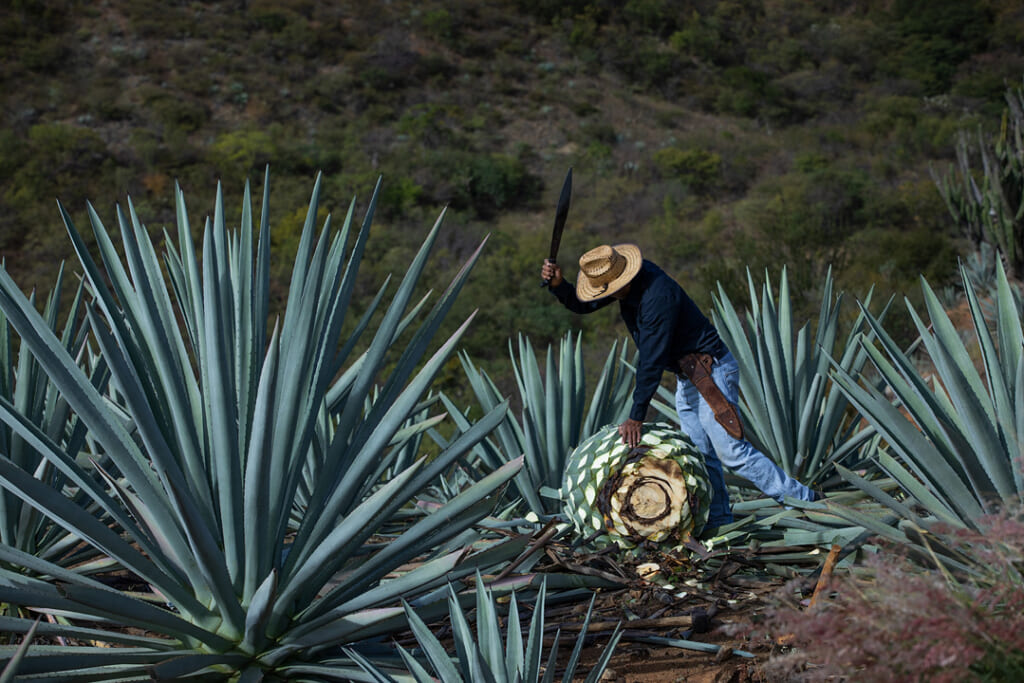
What I thought was, ‘Well if we want to change the direction of the category we need to find a new scaling model.’ One that not only produces a better product, but also is a much more fair way of brands behaving in Oaxaca, and how they partner with the mezcaleros. I thought if I can solve that problem not only can we help mezcal go in the right direction, also helping people in Oaxaca, but at the same time put Oaxaca’s name on the map as a more respected or elevated craftsmanship relative to what is the current perception of Mexican products.”
The idea of launching a truly sustainable mezcal checked many boxes of what the disgruntled ex-financier wanted to do in this second life stage. “It’s culturally the richest state in Mexico while also one of the poorest,” Shin squinted as eagles soar majestically overhead. “Oaxaca fascinates me and it inspired me to try to make a little contribution, have a positive impact in the right way.”
San Juan del Rio boasts the highest sugar levels of any agaves in Mexico (averaging the most piñas over 30 Brix, a measurement of sugar content in an aqueous solution), thanks to the land’s mineral rich soil, perfect climate, fresh river water and high-mountain altitude. So Don Rogelio is starting his craft with the best agaves available — in the case of Agua Mágica’s inaugural expression an Ensamble of sourced and harvested single-village espadín and tobalá.
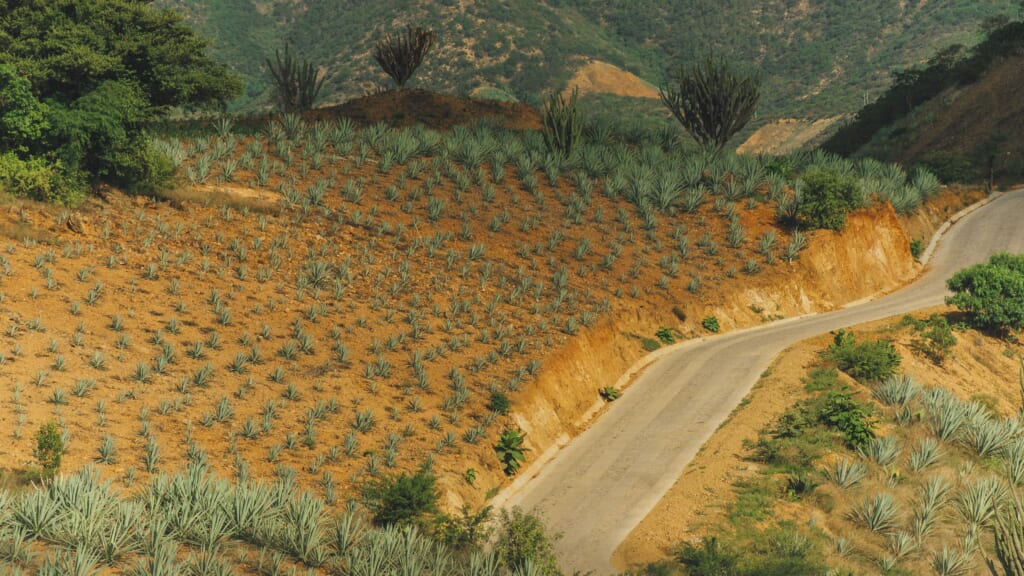
Agaves are harvested and cleaned by hand, covered in banana leaves and baked in dugout earth pits on red-hot rocks, crushed by horse-pulled tahona wheel, fermented in open wood tubs and finally expertly distilled by Don Rogelio, who checks las perlas (aka the bubbles) frequently to judge by eye when his mezcal is ready. This is true artisanal spirit.
It’s not hard to believe this place is special: the land is nearly fantastic with its rugged, undulating layers of hills that resemble an illustration in Fairy Tale book — or the type of brightly hued painting in a Oaxacan restaurant you assume must be exaggeration, until it turns out to be anything but.
That afternoon we tested many copitas of that single-village Espadín y Tobalá Ensamble, as well as a couple more secret projects coming down the pipeline we were sworn to secrecy over. We learned firsthand over plates of indigenous cheese, bright chapulines and massive tlayudas that Agua Mágica is aptly named — an incredibly smooth mezcal, with very little smoke to intimidate those put off by that salient characteristic that mezcal is too often reduced to.
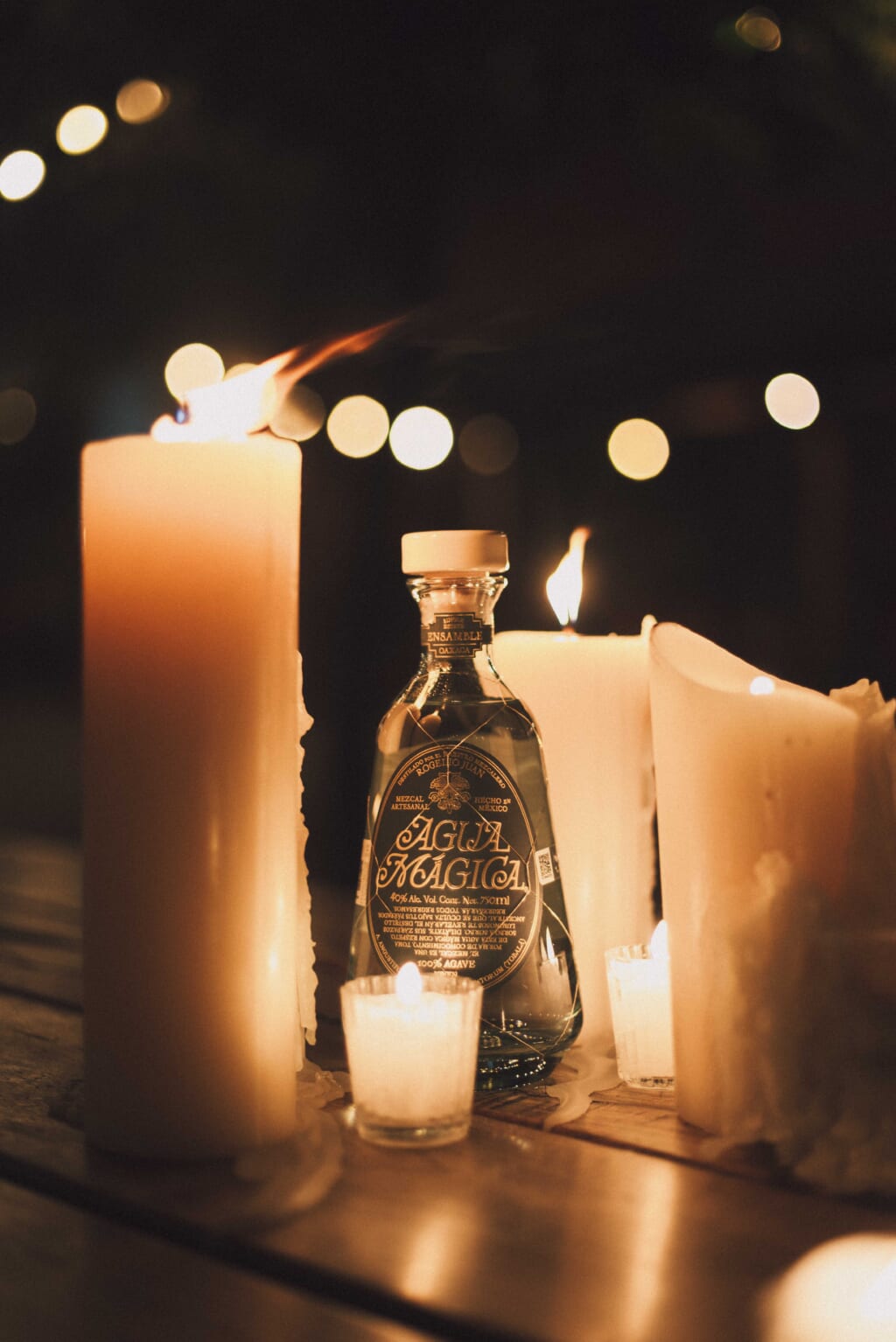
Notes of overripe banana and green apple are most pronounced, but what makes Agua Mágica’s special is its approachability: this Ensamble is one of the best mezcals we’ve tried for both dedicated enthusiasts and hesitant novices alike, robust with flavors but still nuanced enough to build a bridge to the discriminating blanco tequila crowd. No wonder Agua Mágica captured Bronze in the 2021 San Francisco World Spirits Competition, and can already be found on menus of world-class restaurants like Cosme, Atla and Sobre Masa.
Only 2,000 bottles of Agua Mágica’s small batch Espadín y Tobalá Ensamble will be made, with a special even-more limited run packaged in a box whimsically illustrated via magical realism the cultural importance of mezcal to the Zapotec peoples. $100
Follow our Contributing Spirits Editor on Instagram at @nickstecher and @boozeoftheday.


